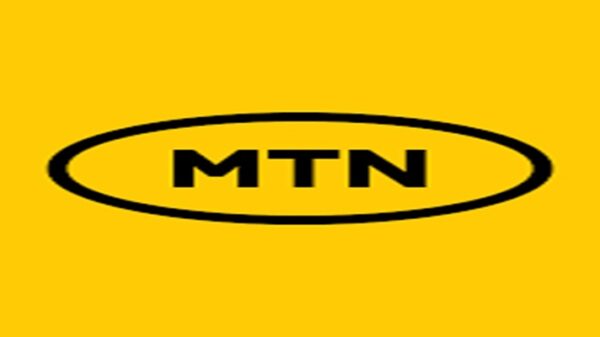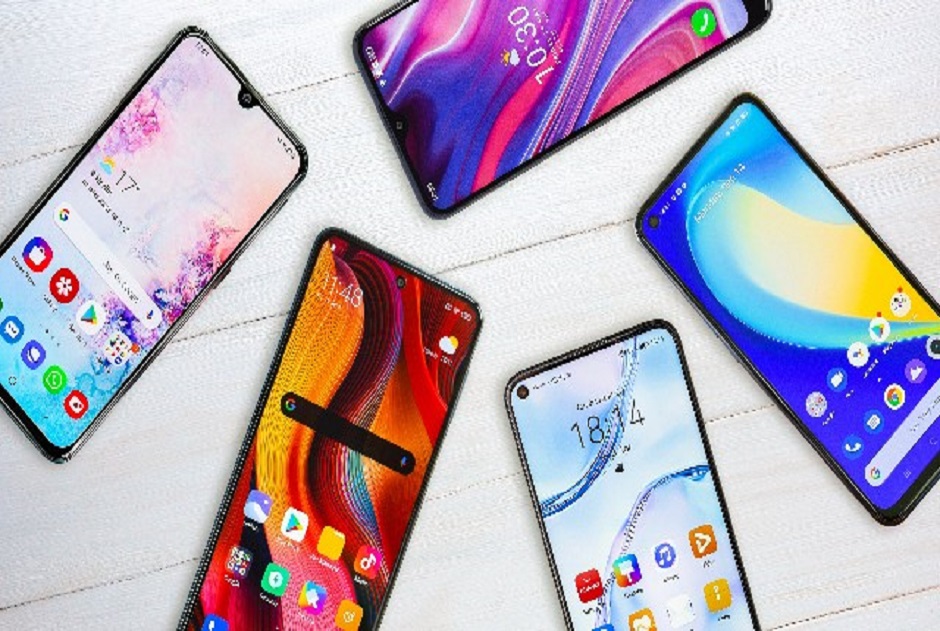In the third quarter of 2023, the African market had a 12% year-on-year increase in smartphone shipments despite economic challenges.
According to the most recent study from global research firm Canalys, 17.9 million cellphones were supplied to the continent during the period under evaluation.
This occured despite macroeconomic challenges, import limitations, and unpredictable currencies in important markets.
According to Canalys, the global smartphone market fell by 1% during the same time period.
The Canalys research, TRANSSION, the mobile group that includes the Tecno, Infinix, and iTel brands, maintained its market leadership and recorded 9% yearly growth, securing a strong 48% market share.
The company is growing its footprint strategically, especially in emerging markets, focusing on price bands below US$100.
Samsung, which saw a 13% drop in sales of its mid-to-high-end handsets, managed to hold into second place with a 26% market share.
Significant investments, particularly in the Egyptian market, propelled Xiaomi and OPPO’s remarkable comebacks, resulting in remarkable yearly growth rates of 100% and 259%, respectively, and helped them post positive Q3 results.
The renowned Number series from Realme contributed to an outstanding 11% rise. The C series, praised as the brand’s “Hero range” for its emphasis on cutting-edge high-spec, affordable pricing, is at the heart of it all.
The Senior Consultant at Canalys, Manish Pravinkumar, commented on the research and noted that despite macroeconomic difficulties, the African market has proven to be highly resilient in terms of both supply and demand.
“South Africa’s smartphone market showed a remarkable growth of 20% despite rapid currency devaluation.” This surge was fueled by the demand for entry-level devices, particularly catering to the extensive pre-paid segment.
Furthermore, there was a surge in demand for mid-range devices, which was influenced by the frequent occurrence of load-shedding. Individuals are prioritising smartphones with high-quality screens and long battery lives in order to remain occupied during power outages.
With the introduction of entry-level smartphones by TRANSSION and the successful branding of Xiaomi as an aspirational brand for many consumers with to products like the Redmi series A2, Note 12 4G, 12, and 12C, Nigeria’s smartphone market saw significant growth.
Xiaomi also found success with this tactic in North African nations like Egypt and Morocco. Egypt saw a double-digit 19% increase in smartphone shipments last year, indicating that manufacturers had successfully overcome the difficulties brought on by stringent import regulations, he said.
Nevertheless, Canalys stated that although the region saw strong growth in the third quarter of 2023, it expects single-digit growth in 2024.
Vendors and channel partners are facing difficulties such depreciating currencies, higher import tariffs, and government programs encouraging domestic manufacturing, which could result in pricing and cost increases.
However, the provision of financing schemes for devices by operators and channel partners has the potential to greatly improve accessibility and increase the rate of adoption.
In the coming years, 2G is expected to reach a plateau, while 4G and 5G are expected to rise at a rapid pace.
![]()



























































